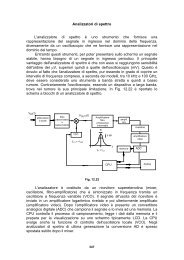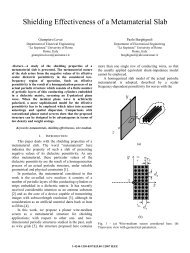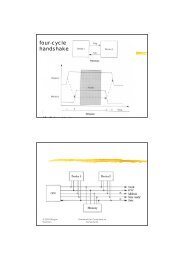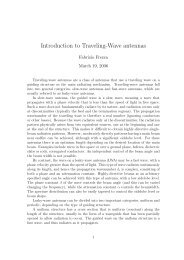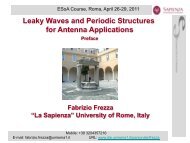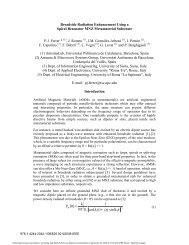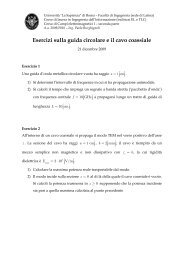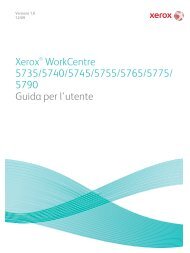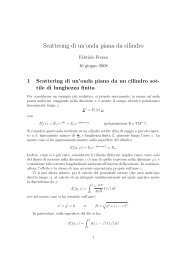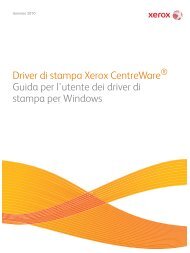Materials Measurement Phil Bartley Shelley Begley
Materials Measurement Phil Bartley Shelley Begley
Materials Measurement Phil Bartley Shelley Begley
- No tags were found...
You also want an ePaper? Increase the reach of your titles
YUMPU automatically turns print PDFs into web optimized ePapers that Google loves.
Permittivity and Permeability DefinitionsPermittivity(Dielectric Constant)κ =εε0'r= ε = ε −"rinteraction of a material in thepresence of an external electricfield.rjεPermeabilityµ ' "µ = = µ r − jµ rµ0interaction of a material inthe presence of an externalmagnetic field.Permittivity (e), also called dielectric constant, describes the interaction of a materialwith an electric field. Dielectric constant (k) is equivalent to relative permittivity (e r )or the absolute permittivity (e) relative to the permittivity of free space (e 0 ). The realpart of permittivity (e r ’) is a measure of how much energy from an external electricfield is stored in a material. The imaginary part of permittivity (e r ”) is called the lossfactor and is a measure of how dissipative or lossy a material is to an external electricfield.Its fundamental dimensions are T 2 Q 2 M -1 L -3 where T, Q, M and L are time, charge,mass and length respectively. Normally this is expressed as farad per meter(capacitance per distance).Dielectric “Constant” is not constant over frequency or temperature!The complex permeability (µ) consists of a real part µ’) that represents the energystorage and a an imaginary part (µ“) that represents the energy loss term. Relativepermeability (µ r) is the absolute permeability (µ) relative to the permeability of freespace (µ 0). Some materials such as iron (ferrites), cobalt, nickel and their alloys haveappreciable magnetic properties; however, many materials are non-magnetic. Allmaterials, on the other hand, have dielectric properties.8




